Running a top global brand or agency comes with its own unique set of marketing needs involving different audiences, demographics, formats, languages and channels. This places significant stress on marketing teams and digital creative leads, especially with their budgets remaining stagnant. The ever-growing gap between needs and resources is what we call the Marketing Execution Gap. A biannual study by Duke University shows that CMOs identify “reducing costs or increasing value for the same cost” as their second biggest challenge (approximately 19%) slightly behind the number one challenge: expanding into new markets (20%)
Traditional approaches to campaigns and creative assets no longer suffice in meeting consumer expectations for personalised content. In fact, 71% of consumers surveyed by McKinsey in 2021 expect personalised content. To successfully cater to a global audience, marketers and creators must shift to dynamic templates. Dynamic templates can help prevent the waste of unique assets and maintain consistency in ad output.
Understanding dynamic template-thinking
With dynamic template-thinking, design needs are approached with a scalable, customisable template in mind. Creative concepts are developed alongside plans for a dynamic template. Key components of the template can be altered and switched as needed, ensuring maximum scalability and the potential for creating personalised ads for diverse target markets.
Creative Automation platforms assist with scaling up asset production, enabling you to generate countless ad variations within seconds. This maintains consistency, reduces waste, and allows better alignment with the needs of multiple markets.
Revolutionising the creative process with Dynamic Templates
Adopting dynamic template-thinking has significant advantages:
More free time for creative work: Free up creative energy by automating repetitive tasks and focus on optimising dynamic elements like colours, fonts, design and layout.
Easier scaling and iterations: Rapidly create hundreds of ad iterations in various formats, layouts or languages and leverage spreadsheets to generate assets in bulk.
Resource savings: Minimise resource expenditure with template-thinking. Client feedback reveals a 54% reduction in time and a 62% reduction in cost when using our Creative Automation platform.
Despite its benefits, venturing into template-thinking involves overcoming familiar obstacles. A study by Venngage discloses that 22.9% of marketers struggle to create the right layout for their digital ads.
Implementing dynamic templates in practice
We collaborated with Storyteq’s Sr. Video Automation Developer, Guido Postma-Eijrond (GuZ), to understand how our Platform Services team embraces template-thinking with assets from clients Pure the Winery and Heineken.
How dynamic template-thinking works
The essence of dynamic template-thinking is successfully executing creative assets that fit fluidly into a template, enabling seamless scalability and iteration. By incorporating dynamic elements, multiple iterations can be produced for each template. Ideas include incorporating different copy languages, scenes, shots, designs, and adapting to diverse contexts.
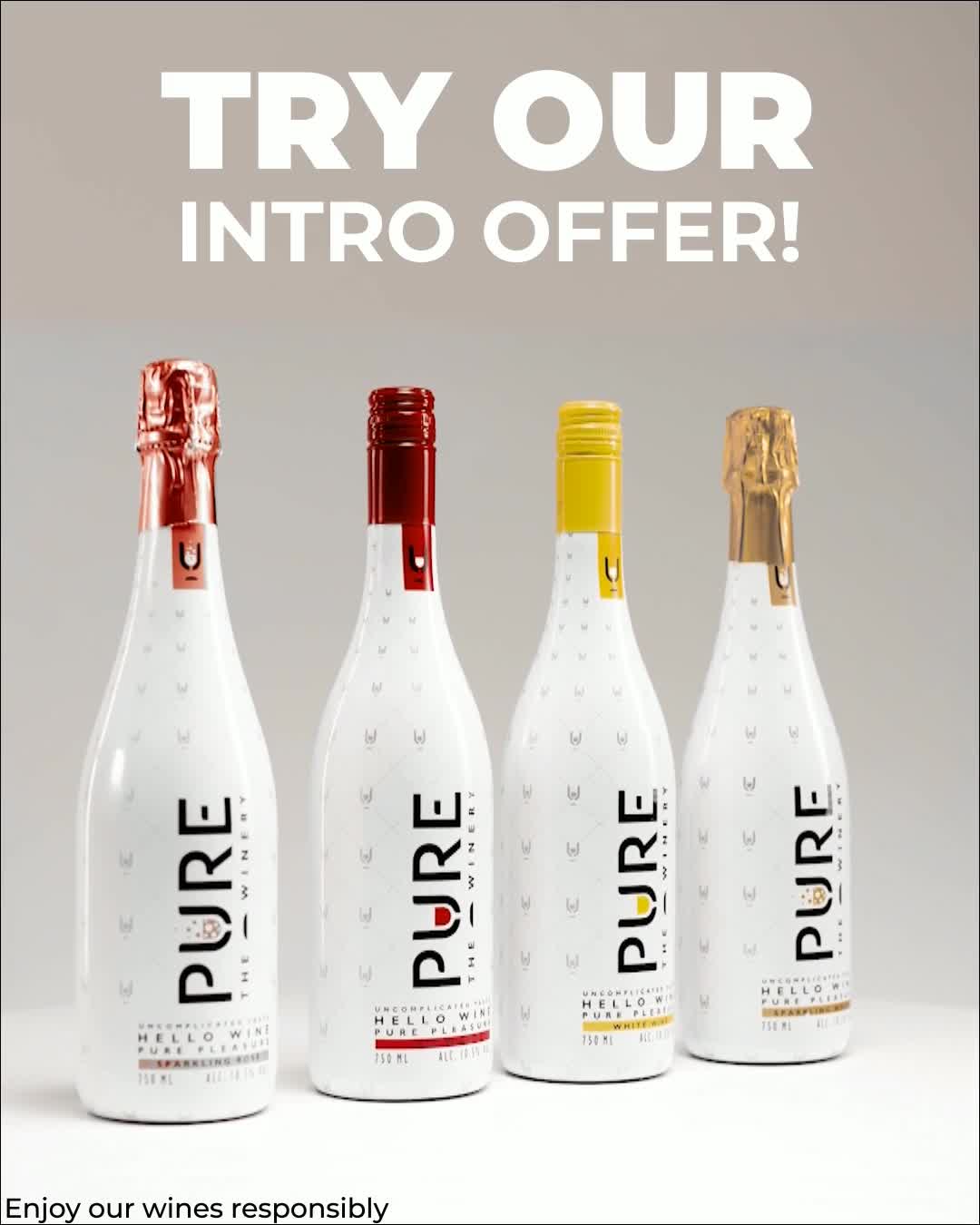
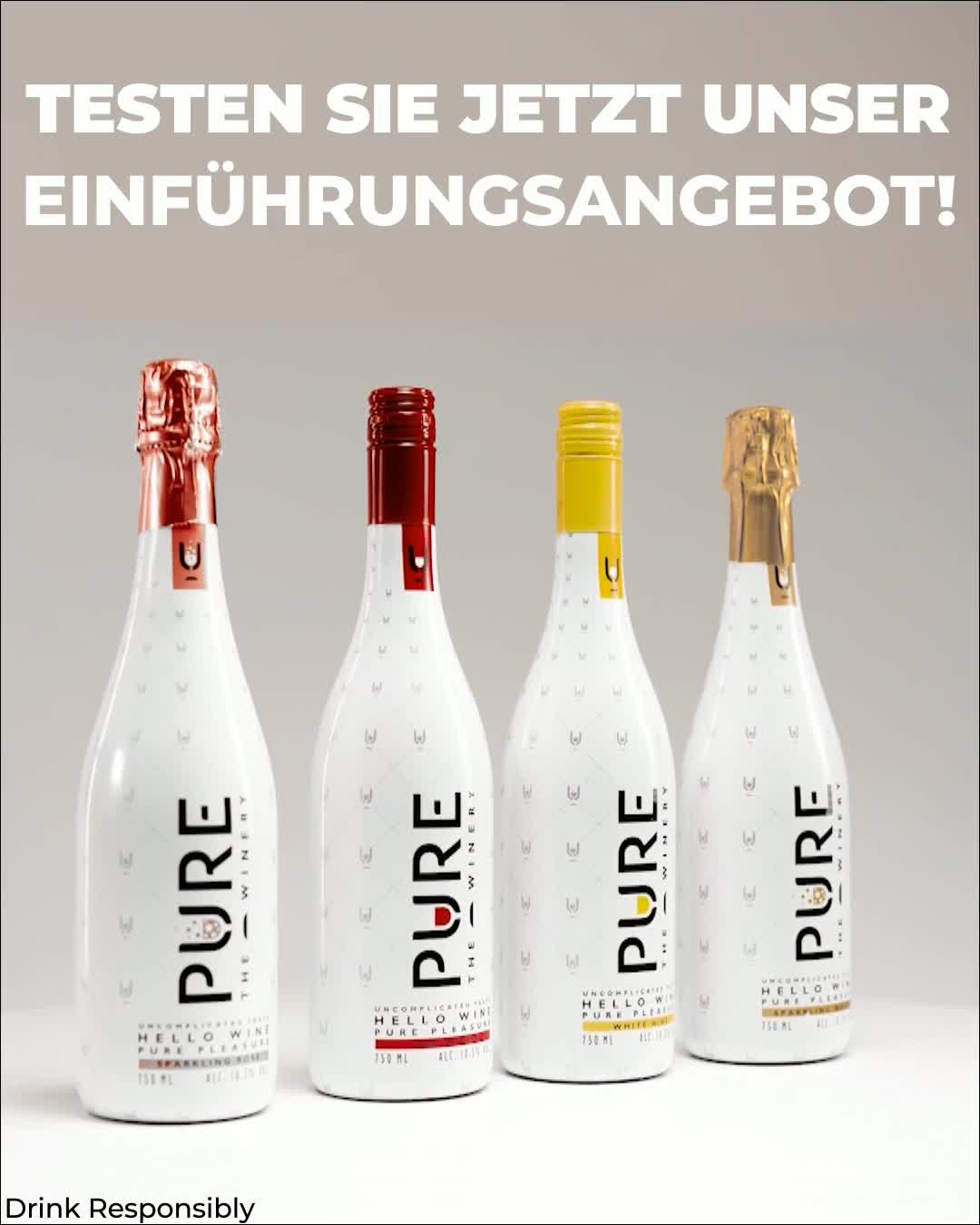
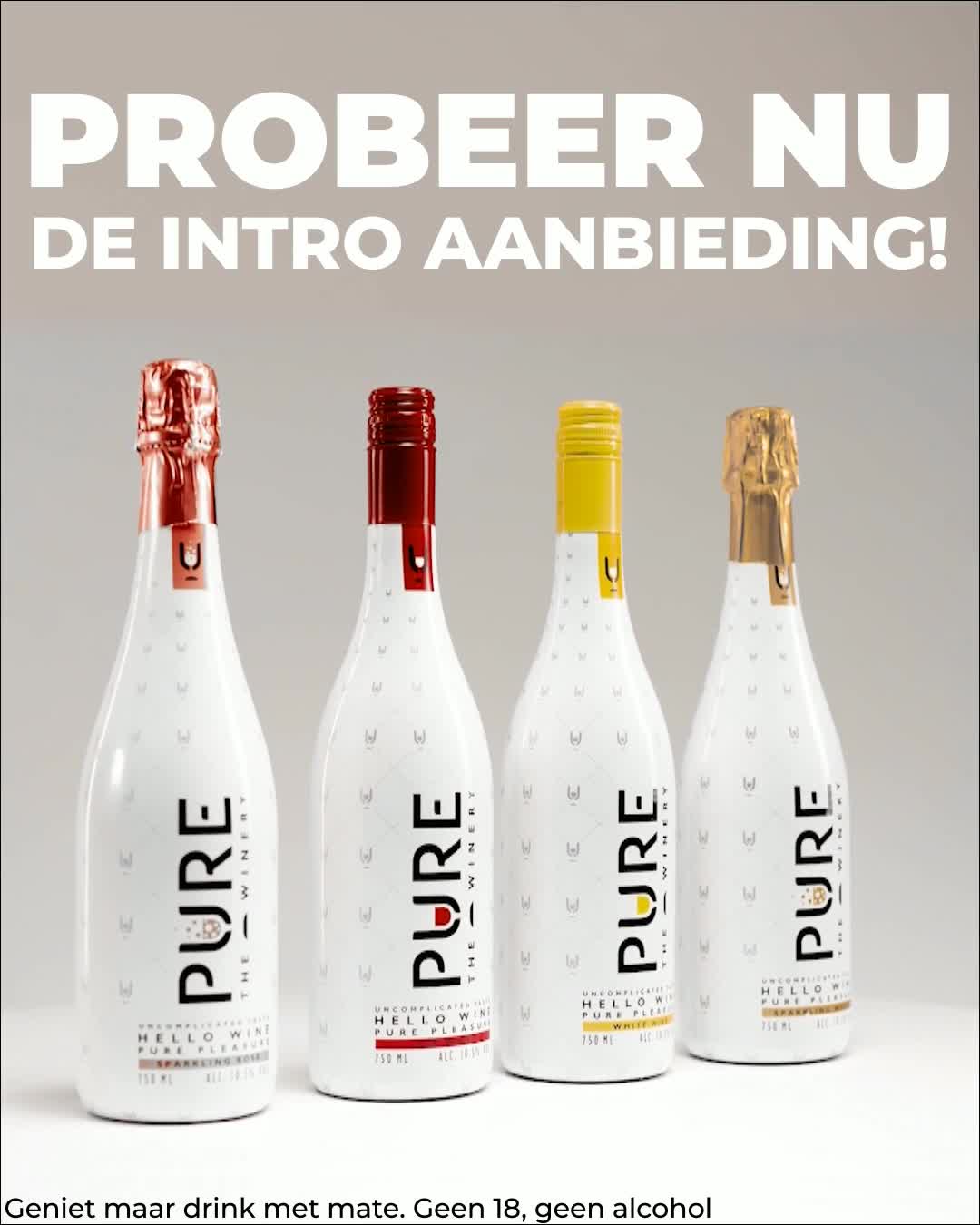



Addressing creative-to-dynamic template conversion challenges
Post design approval, the hurdle lies in translating the vision into dynamic templates. It’s most advantageous to consider space usage in the template, especially with dynamic texts that vary in length across different languages.
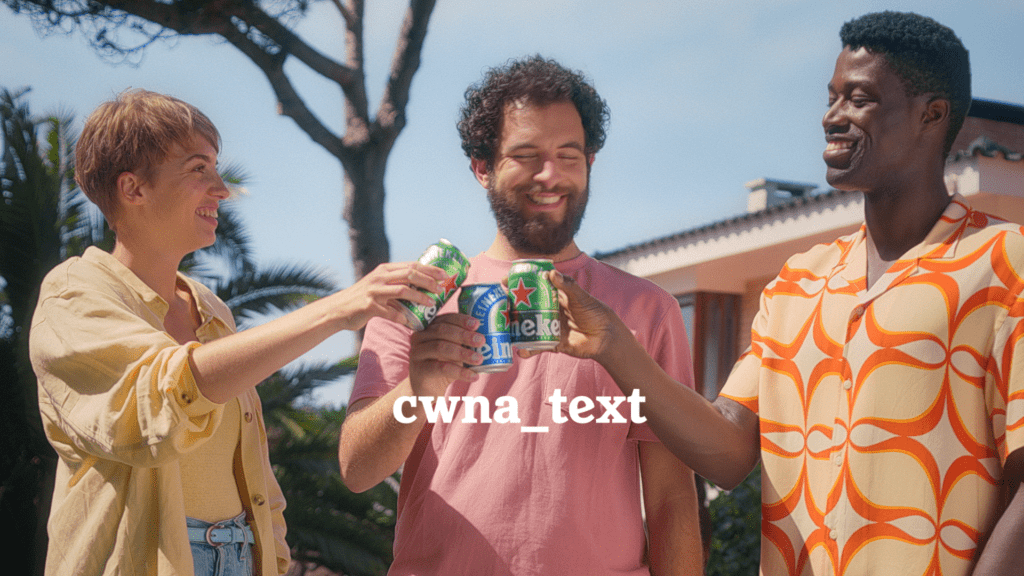
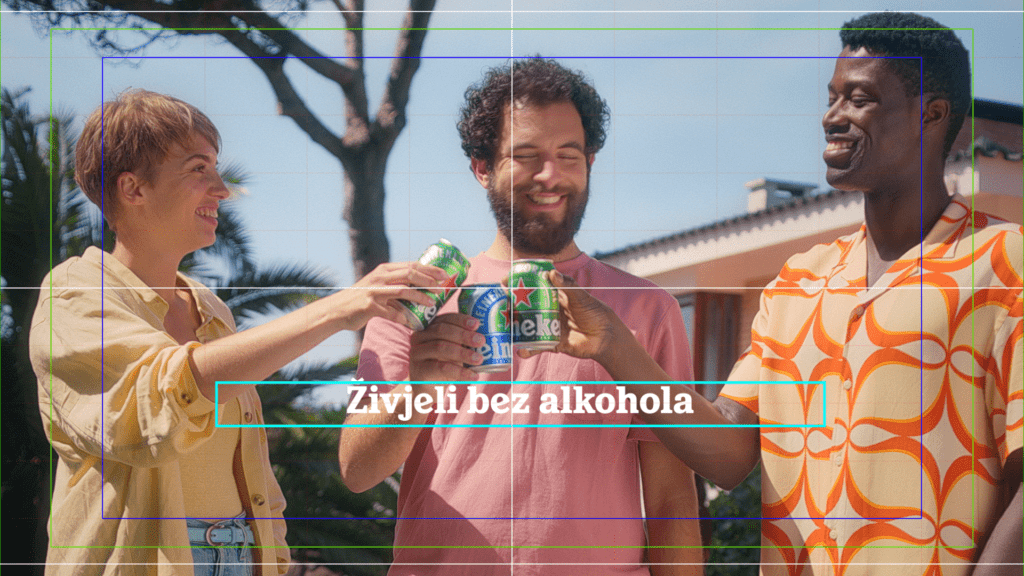
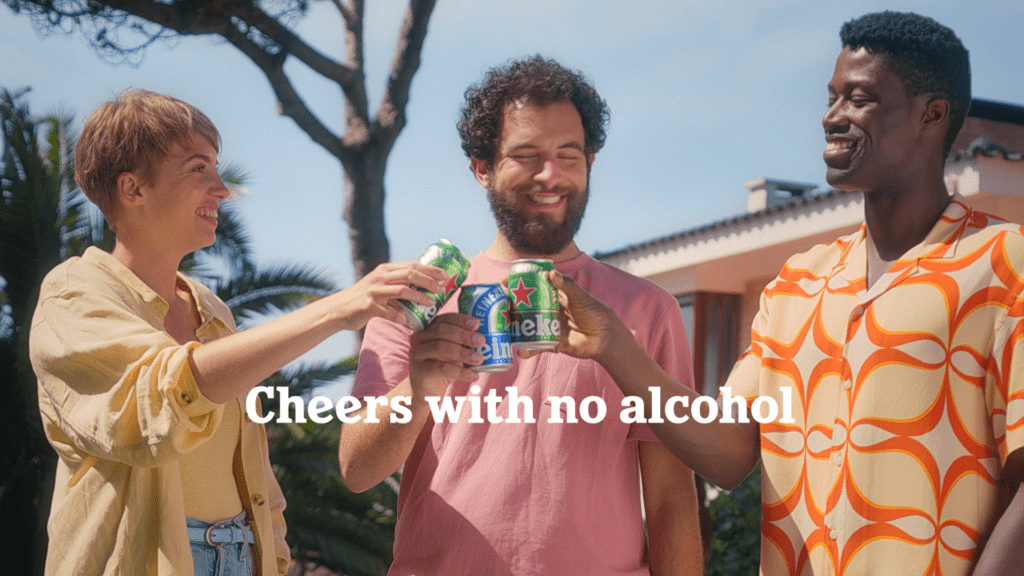
Leveraging Storyteq’s Template Builder Features with AI
Our Template Builder offers automatic resizing, template sharing for effortless teamwork and AI capabilities to help you iterate, change the tone of the text into a range of different moods or even translate your copy. Translate your copy into one of 29 languages, shorten or lengthen your copy to make sure it fits your template or change the sentiment of your copy to a different mood, ranging from “Amusing” to “Passionate” and everything in between.
 Automatic resizing for different ad sizes
Automatic resizing for different ad sizes
In our Template Builder, resizing dynamic templates to fit different ad formats can be done at a click. Whether you need a square or a landscape ad, it can be done instantaneously.
 Seamless integration with the Storyteq Extension for After Effects
Seamless integration with the Storyteq Extension for After Effects
Implementing a new tool can be intimidating. But, the Storyteq Extension for After Effects is compatible with a wide variety of After Effects workflows. It allows you to create a dynamic video template from your existing Adobe After Effects project. Turning your files into dynamic templates makes it easier to personalise your advertising and scale creative production.
 Template sharing
Template sharing
A big part of creativity is collaboration. The Storyteq platform allows you to share dynamic templates between creative and marketing teams, ensuring a seamless integration into your already existing workflows.
Wrapping up
Dynamic template-thinking is a foolproof way to meet your current advertising and content creation challenges. It elevates creative processes with efficient scalability, creativity, consistency, and considerable resource savings.
Key takeaways
- Dynamic template-thinking is essential for contemporary advertising and content creation.
- It offers significant advantages, including resource savings, rapid scalability
,and increased creative time. - This approach emphasises consistency without compromising creativity and caters to modern consumer expectations for personalised content.